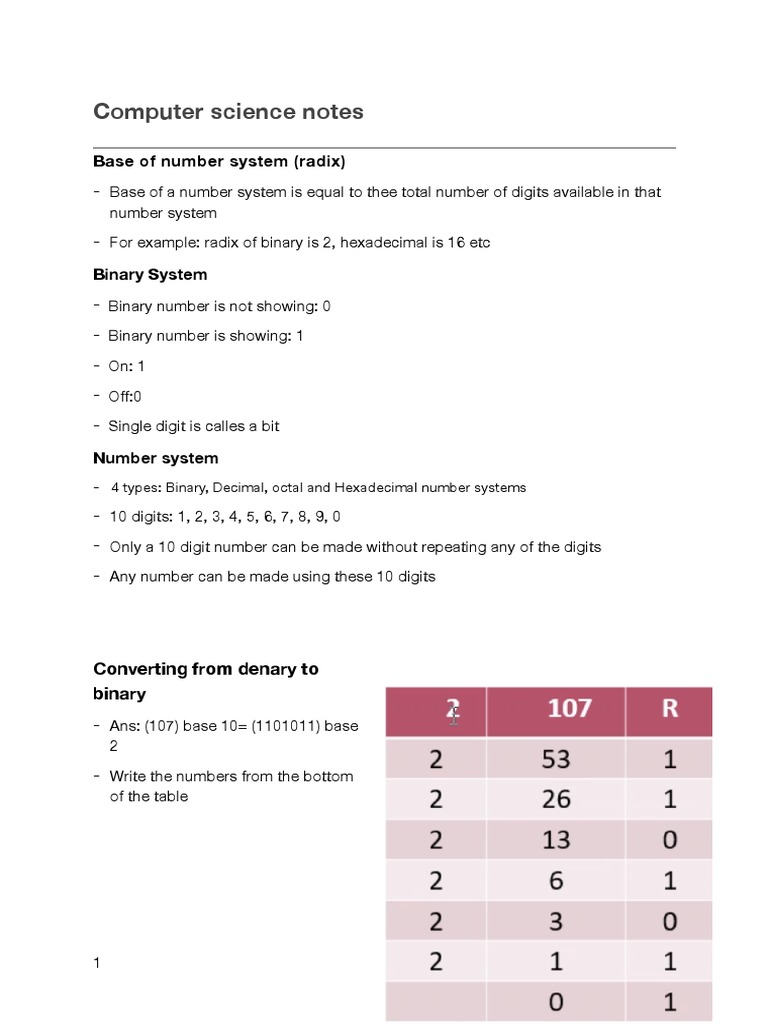Taking notes in disciplines such as Computer Science and Mathematics is akin to constructing a bridge between raw, abstract concepts and their practical applications. The process of note-taking is not merely a peripheral activity; it is, rather, an influential endeavor that can significantly enhance comprehension, retention, and the subsequent application of intricate ideas. This article aims to elucidate effective strategies for note-taking in these technical fields, allowing students and professionals alike to navigate the multifaceted information landscapes they inhabit.
Understanding the Terrain: Preparing for Effective Note-Taking
Before embarking on the note-taking journey, a degree of preparation is essential. Just as a cartographer meticulously surveys a landscape before creating a map, one must first become familiar with the course material. This requires preliminary readings, reviewing syllabi, and engaging with basic concepts and terminologies. Consider immersing oneself in foundational resources such as textbooks, lecture slides, or educational videos. This initial investment of time lays the groundwork for an enriched learning experience.
A Structure to Conquer Complexity: Organizing Notes
In mathematics and computer science, the complexity of topics can be daunting. Therefore, a systematic structure is pivotal. Utilizing a hierarchical format or an outline-style approach enables one to categorize information logically, much like the branches of a tree expanding from its trunk. Start with broad thematic headings, such as ‘Algorithms’ or ‘Data Structures’, and then delve into subtopics and supporting details. This method provides clarity and facilitates quick navigation through the notes during review sessions.
Utilizing the Power of Visuals
In disciplines that are inherently visual, such as Computer Science and Mathematics, incorporating diagrams, flowcharts, and graphs can significantly bolster comprehension. Visual aids serve as mnemonic devices, creating an indelible imprint of information in the mind. For example, a flowchart representing an algorithm can simplify the understanding of a process that would otherwise appear intimidating in text form. The visual representation acts as a bridge, transforming abstract notions into concrete images that can be easily recalled.
The Art of Abstraction: Condensing Information
One of the fundamental challenges of note-taking lies in the distillation of knowledge. Rather than attempting to transcribe every word uttered during a lecture or contained in a textbook, it is essential to practice the art of abstraction. This involves synthesizing concepts, highlighting key points, and articulating ideas succinctly. Employing shorthand or symbols can expedite this process. For instance, instead of writing “greater than,” one might utilize the symbol “>”, which economizes space and ensures clarity.
Engagement through Annotation: Enhancing Understanding
Annotations serve as a crucial layer to enhance the depth of notes. Engaging with the content during note-taking—whether through questions, comments, or clarifications—fosters a more robust understanding. For instance, as one notes a theorem in mathematics, writing a brief proof or a personal example alongside it can illuminate its relevance. This interactive form of note-taking not only deepens comprehension but also instills a sense of ownership over the learning material.
Revisiting the Canvas: Regular Review and Revision
Like a painter returning to a canvas, regularly revisiting notes is essential for solidifying understanding and memory. The process of review transforms ephemeral knowledge into long-lasting mastery. Allocating time to revisit notes—whether through perusal or more active methods such as teaching the material to peers—creates opportunities for reinforcement. The frequency of such reviews can vary based on individual needs, but it is widely recognized that spaced repetition enhances retention dramatically, allowing concepts to be embedded more deeply in long-term memory.
Leveraging Technology: Digital Tools for Enhanced Note-Taking
In today’s digital landscape, the incorporation of technology into note-taking practices can vastly enrich the experience. Various software tools and applications facilitate organization, accessibility, and collaboration. For instance, platforms like OneNote or Notion offer multifaceted environments suited for integrating text, visuals, and even multimedia components. Moreover, utilization of coding environments for notes in Computer Science, like Jupyter Notebooks, allows for real-time code execution alongside explanatory text, merging the realms of theory and practice seamlessly.
Cultivating a Community of Knowledge: Collaborative Note-Taking
Finally, collaboration cannot be overlooked as an essential element of effective note-taking. Engaging in study groups or sharing notes fosters a communal learning environment. This interaction not only exposes individuals to diverse perspectives but also facilitates the clarification of misconceptions and the articulation of complex ideas in simpler terms. In this shared scholarly pursuit, the collective intellectual synergy can become particularly conducive to enhanced understanding.
Conclusion: The Virtuous Cycle of Reflection and Growth
In sum, taking notes in Computer Science and Mathematics is an intricate symphony of various techniques and strategies that, when harmonized, can lead to profound insights and mastery. By preparing adequately, organizing information systematically, employing visual aids, abstracting details, annotating actively, reviewing regularly, leveraging technology, and collaborating with peers, one can transform the arduous task of note-taking into an illuminating journey. Each note penned is not merely an accumulation of words, but a step towards a more profound understanding of the elegant and complex dance that defines these fields.












